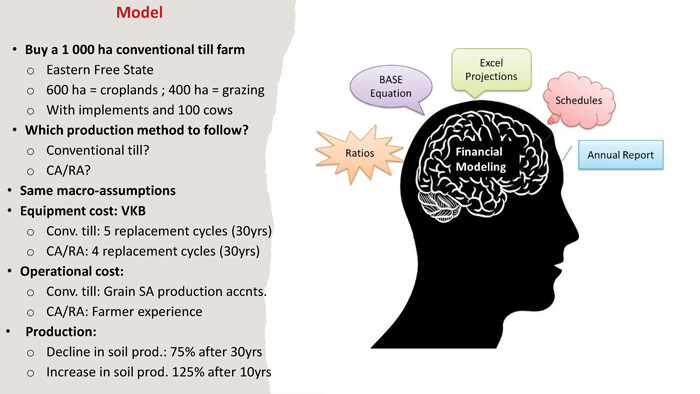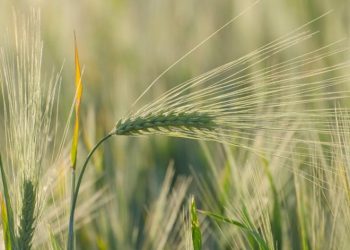
According to Prof. James Blignaut, a resources economist of the University of Stellenbosch, there is a massive 93% difference between producer and input prices, making it unsustainable to effectively produce the same amount of output.
Prof James addressed a webinar about regenerative agriculture, hosted by Landbouweekblad, last night. He explained that it was important to not only consider the annual rise in inflation, but also the momentum built in this variable.

Impact of price increases
“Producer prices have increased by 7% annually over the past 35 years. However, input price has increased by 9% annually.”
If you compare this over a period of 35 years, the enormous impact this has on the producer, becomes evident. “The turnover of crop field production in South Africa has grown by 8,2%, whereas expenditure has grown by 11,1%. Therefore, the difference between the turnover of production and that of expenditure is 156%,” James explained.
While expenditure in real terms has grown by 2,1% in 35 years, output in real terms has grown by only 1,2%, resulting in 0,9% more expenditure per year over a period of 35 years to produce relatively the same output.
James added that this was troublesome as it meant that there was no money left to invest in the renewal of equipment, technology, as well as the industry in general.
The consequence of this is clearly visible in the change of debt structure, with the ratio of farm debt to farm asset value, having increased by 24%.
He elaborated on six options to escape the above-mentioned price squeeze:
- Increasing output price. This is not really an option, as products are mostly homogenous in nature. In addition, producers are price takers and shareholder interest in the value chain is driving prices, with the producer not really able to influence this.
- Increasing output volume. “However, there are biophysical limits to chasing yields. We cannot feed the world from a flowerpot. We have climate change as well as a decline in soil productivity to consider,” James explained.
- Increasing the production area. Again, arable land area has been exhausted and because of a debt ceiling, it is not really an option.
The following three measures are more viable, according to James:
- Reducing costs.
- Having multiple income streams, such as various crops and livestock.
- Investing in natural capital, making land more productive.
According to James, producers have to adapt and explore different options to broaden their income streams.
Conventional till or regenerative farming?
He pointed to a study during which a 1 000 ha farm, consisting of 600 ha crops and 400 ha grazing, was modelled. The producer could either continue with conventional till and other production methods or convert to conservation and regenerative agriculture.
The same macro assumptions were applied, with respect to the cost of the farm, implements, etcetera. However, equipment costs varied. With conventional tilling, you have to allow for five replacement cycles over a 30 year time period, whereas with regenerative agriculture, you only allow four replacement cycles. “With the latter, the vehicles don’t work that hard and they work less hours,” James explained.
 Over a period of 30 years, the cost of regenerative farming has proven to be 85% that of conventional farming, resulting in a difference of more than R300 million.
Over a period of 30 years, the cost of regenerative farming has proven to be 85% that of conventional farming, resulting in a difference of more than R300 million.
Soil productivity declined by 75% when conventional farming was applied over the 30 year time period, whereas it actually increased by 125% of the current level, over only 10 years.
 He did point to an initial increase in the cost of regenerative farming, but attributed it to the transitioning phase, allowing for a rotation in the system.
He did point to an initial increase in the cost of regenerative farming, but attributed it to the transitioning phase, allowing for a rotation in the system.
If we were to convert all variables to the relative cash flow per hectare in real terms, regenerative agriculture would result in a net profit per ha of R758 per year, whereas conventional agriculture would imply debt of R3 297 per ha per year.
 “The momentum that we currently have in intermediate input is so strong that, if it is not curtailed, it might mean the death of agriculture. Conservation and regenerative agriculture does provide a real alternative,” James concluded.
“The momentum that we currently have in intermediate input is so strong that, if it is not curtailed, it might mean the death of agriculture. Conservation and regenerative agriculture does provide a real alternative,” James concluded.









